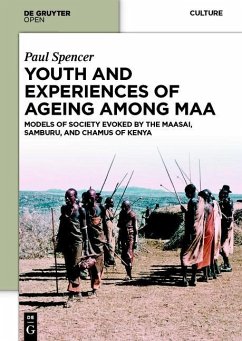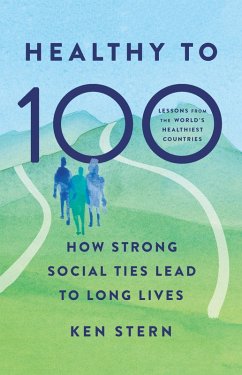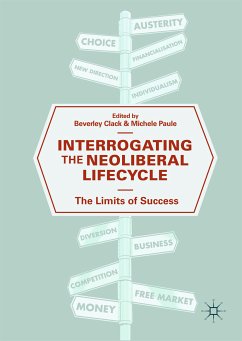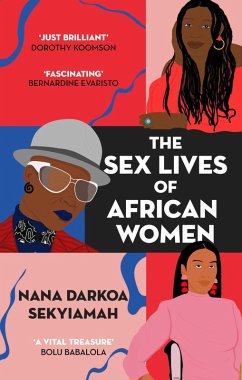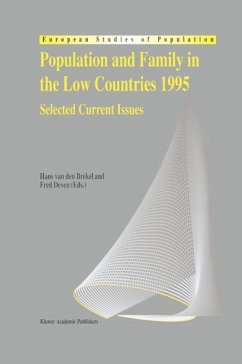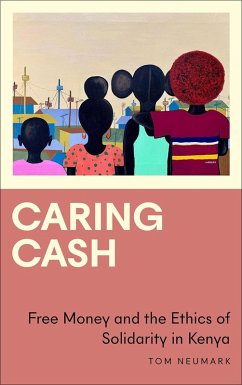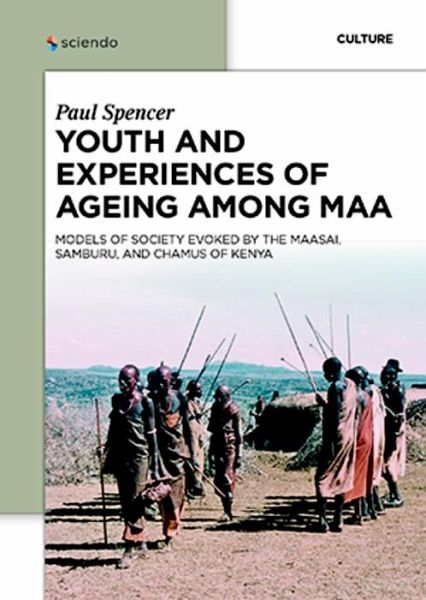
Youth and Experiences of Ageing among Maa (eBook, ePUB)
Models of Society Evoked by the Maasai, Samburu, and Chamus of Kenya
Versandkostenfrei!
Sofort per Download lieferbar
0,00 €
inkl. MwSt.
Weitere Ausgaben:

PAYBACK Punkte
0 °P sammeln!
The Maa of East Africa are a cluster of related pastoral peoples who share a social organization based on age. This groups men into life-long cohorts from their initiation in youth, regardless of family wealth. Historically, this type of pre-market society has been described in every continent, but East Africa provides the principal surviving region of age-based societies, among whom the Maasai are the best known. In this volume, comparison between three branches of Maa highlights different aspects of their society: the dynamics of power with age and gender among the Maasai, of ritual performa...
The Maa of East Africa are a cluster of related pastoral peoples who share a social organization based on age. This groups men into life-long cohorts from their initiation in youth, regardless of family wealth. Historically, this type of pre-market society has been described in every continent, but East Africa provides the principal surviving region of age-based societies, among whom the Maasai are the best known. In this volume, comparison between three branches of Maa highlights different aspects of their society: the dynamics of power with age and gender among the Maasai, of ritual performance and belief among the Samburu, and of historical change among the Chamus. Here it is argued that understanding another culture can only be approached through models derived in the first instance from the representations conveyed by members of that culture. The social anthropologist may then elaborate these images through the choice of analytical parallels, even extending to other disciplines and personal experience. Each chapter in this volume views Maa institutions through a different lens, exploring models relevant to a comprehensive analysis of their social life.
Dieser Download kann aus rechtlichen Gründen nur mit Rechnungsadresse in A, B, BG, CY, CZ, D, DK, EW, E, FIN, F, GR, HR, H, IRL, I, LT, L, LR, M, NL, PL, P, R, S, SLO, SK ausgeliefert werden.




